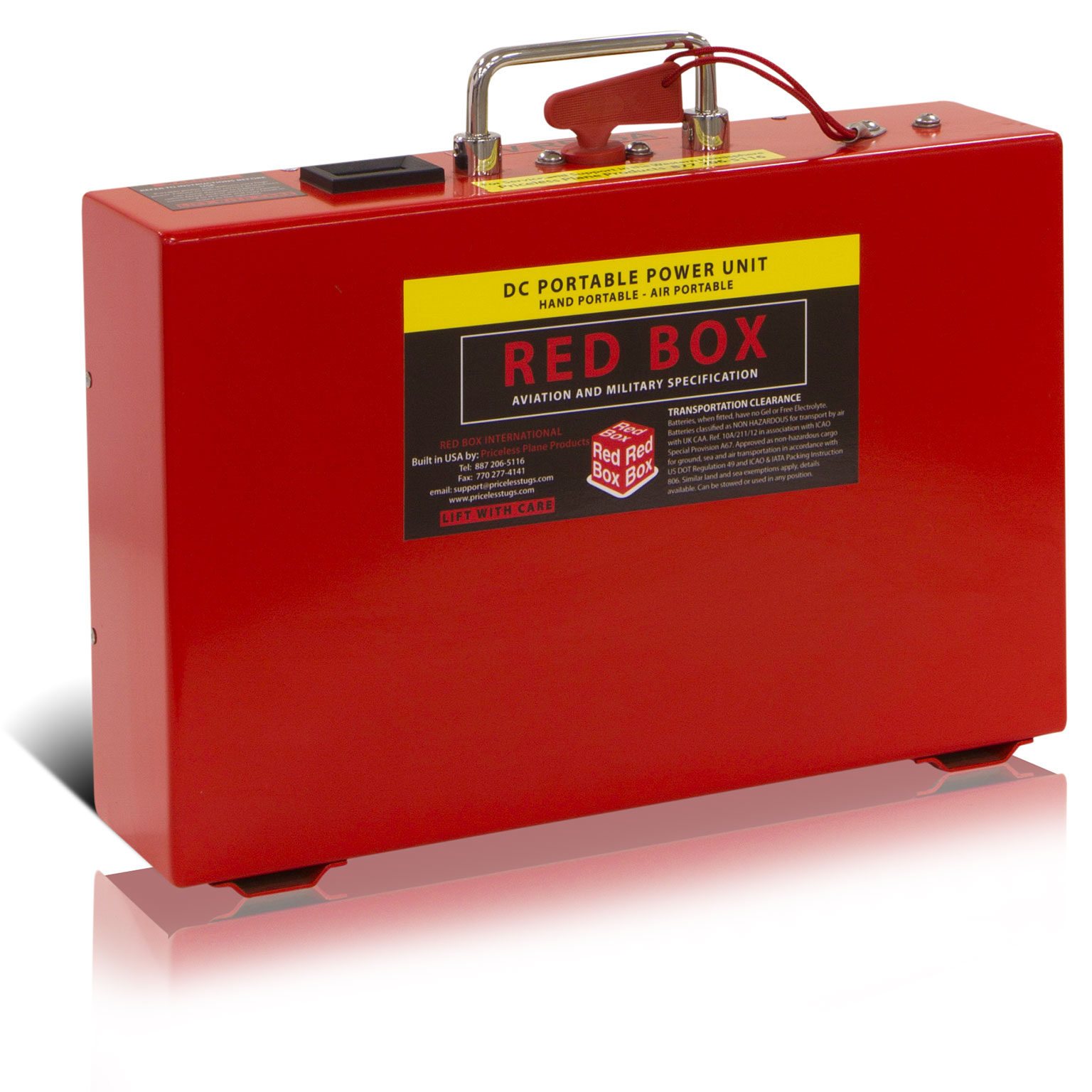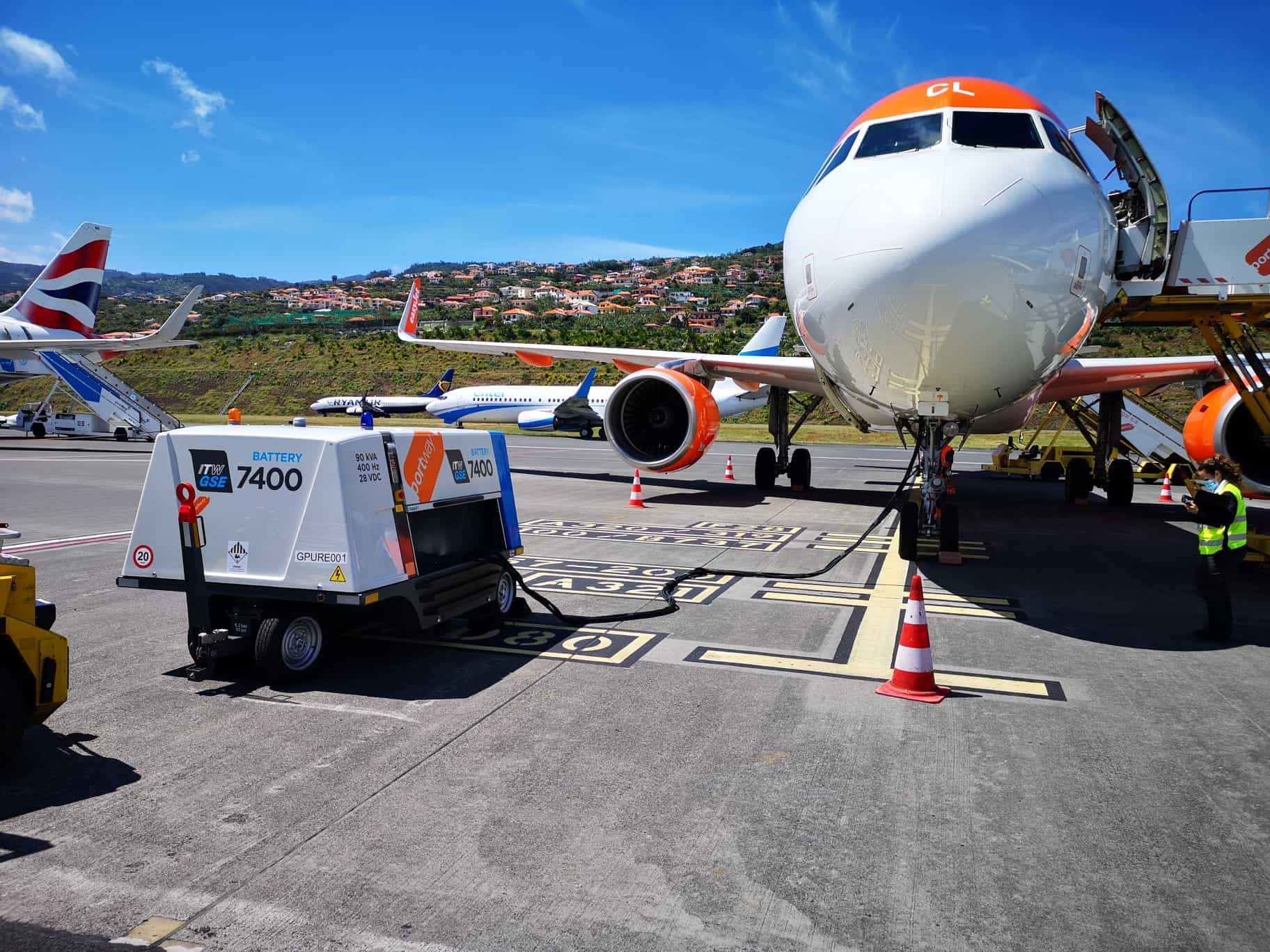Ground Power Unit Aircraft Function - The Powervamp PV90-3 is a third generation Membrane Electric Power Unit (MEGP) designed specifically to meet the critical power requirements of today's aircraft.
The PV90-3 uses a 12-pulse rectifier to provide improved input harmonics and power factor without compromising quality or reliability.
Ground Power Unit Aircraft Function

With all power quality components housed in a single output module, downtime and troubleshooting is no longer a problem. For high-pressure airport applications, the PV90-3 is a converter that does not require the support of trained technicians.
Tier 4 Ground Power Unit
A modern aircraft with electric heaters and electric start may require 90kW from a 90kVA FEGP installation. Using air conditioning in a vehicle can require heavy loads for long periods of time.
The Powervamp PV90-3 inverter is designed to meet these needs by providing ground power to power the electrical systems of all next-generation aircraft.
Delivering a real 90kW, (much more than 90kVA – 72kW, which is the generally quoted power), requires a large amount of electrical and electronic equipment and the ability to dissipate the heat generated at full continuous load.
Many competing products are often rated for short duration, high power only, and focus on reducing overall size at the expense of full load performance. Using hands-on testing and practical experience, Powervamp has taken a comprehensive approach to its technical design.
Are Electric Planes Ready For Takeoff?
The PV90-3 also features an extra-large, easy-to-use, high-definition integrated display with simple controls that allow testing of all parameters and functions such as automatic line drop compensation.
By accepting our Privacy Statement we will protect your privacy, by subscribing to our regular newsletters, you will only receive business development through the website, we will not share your information with third parties, you can withdraw or delete your information at any time. . .
Airport providers use cookies to create a better experience for you. We use cookies on our website to give you the best experience by remembering your preferences and repeat visits. By clicking "Accept All", you consent to the use of ALL cookies. However, you can visit "Cookie Settings" to give controlled permission. Cookie settings Accept all

This website uses cookies to improve your experience while browsing the website. Of these, cookies classified as necessary are stored in your browser because they are necessary for the operation of the basic functions of the website. We also use third-party cookies that help us analyze and understand how you use this website. These cookies will only be stored in your browser with your consent. You also have the option to delete these cookies. But opting out of some of these cookies may affect your browsing experience.
What Is The Purpose Of An Auxiliary Power Unit?
Necessary cookies are absolutely necessary for the website to function properly. These cookies anonymously ensure the basic functionality and security features of the website.
This cookie is set by Google. In addition to some standard Google cookies, reCAPTCHA sets a necessary cookie (_GRECAPTCHA) when it is used to provide a risk analysis.
This cookie sets the GDPR Cookie Consent plugin. The cookie is used to store the user's consent to cookies in the "Analytics" category.
The cookie is set by the GDPR Cookie Consent to record the user's consent to cookies in the "Functional" section.
Auxiliary Power Units
This cookie sets the GDPR Cookie Consent plugin. Cookies are used to store user consent to cookies in the "Necessary" category.
This cookie sets the GDPR Cookie Consent plugin. A cookie is used to store the user's consent for cookies in the "Other" category.
This cookie sets the GDPR Cookie Consent plugin. A cookie is used to store the user's consent to cookies in the "Performance" category.

The cookie is set by the GDPR Cookie Consent plugin and is used to store whether the user has consented to the use of cookies. It does not store any personal data.
Physics Explains Why You Can Never Open A Plane Door Mid Flight
Functionality cookies help to perform certain functions such as sharing website content on social media platforms, collecting feedback and other third party functions.
This cookie is used to store the user's preferred language to provide content in that saved language the next time the user visits the website.
Analytical cookies are used to understand how visitors interact with the website. These cookies help provide information about metrics such as number of visitors, visit rate, traffic source, etc.
This cookie installs Google Analytics. The cookie is used to count visitor, session, campaign data and track site usage in the site's analytics report. Cookies store information anonymously and assign a randomly generated number to identify unique visitors.
What Is An Apu?
These cookies are installed by Google Universal Analytics to reduce the application rate and reduce data collection on high traffic pages.
This cookie installs Google Analytics. A cookie is used to store information about how visitors use the website and helps to create an analytical report about how the website works. Collected data, including the number of visitors, the source from which and the pages visited in an anonymous form.
Some unclassified cookies are those that are analyzed and have not yet been categorized.
These cookies are set by other services such as hosted media. Visit the website of the third party services to manage the cookies placed by them.
Different Types Of Aircraft Engines
It is used by Google DoubleClick and stores information about how the user uses the website and any other ads before visiting the website. This is used to show users relevant ads based on their user profile.
This cookie is set by Youtube. It is used to track information about embedded YouTube videos on the website. By Aviation Learning Group May 29, 2020 400 Hz, AGPU, Aircraft Ground Handling, GPU, Ground Power Unit, Ground Support Equipment
An aircraft power supply unit (AGPU) is a type of aircraft ground support equipment that supplies the aircraft with electrical power from the ground when its jet engines are turned off. The AGPU is usually used when the aircraft is stationary on the runway.
The need for electricity in an airplane is not the same as in a home. It does not require the standard 110/220 volt, 50/60 Hz power supply used around the world. Airplanes require power at 115 volts and 400 Hz electrical frequency, while smaller aircraft such as business and private jets generally require 28 volts DC.
Ground Power Equipment
When the aircraft is in the air, all its electrical energy needs are met by the jet engines, i.e. The jet engines in the aircraft not only generate the air to fly the aircraft, but also act as power plants to power all the important and auxiliary systems. during the summer.
These systems include all control systems, flight equipment, navigation equipment and communication equipment and equipment, electrical systems; cockpit and cabin lighting system; appliances such as ovens and refrigerators, public address (PA) or public address systems and entertainment systems such as screens and portable chargers or laptops.
When the plane lands, the pilots usually keep one jet engine running so that the plane can make enough progress to reach the destination, as well as keeping all electrical systems running at full power. The pilot can activate the auxiliary power unit (APU) if necessary to meet the aircraft's power requirements.

When the aircraft lands and lands on the landing pad, the propulsion requirements are gone, but the electrical power requirement remains. An airplane still needs electricity when it disembarks passengers, prepares the flight and boards passengers for the next flight.
Micro Aerial Vehicle With Basic Risk Of Operation
The aircraft lights must be turned on to allow the flight crew to proceed with cleaning the passenger cabin to prepare it for the next flight. In addition, many electrical and electronic systems must be opened to allow pilots and flight technicians to perform post-flight technical inspections.
At this stage, the pilots cannot keep the jet engines running as this is a safety hazard for the ground crew who are busy with various tasks around the aircraft.
When an airplane is parked on a landing pad, it shakes violently in all directions. Here you can learn more about all the different ground operations that are performed on the aircraft at the airport.
In short, if the jet engines stayed, many support operations on the ground would not be possible. As a result, pilots must choose between turning on the auxiliary power unit (APU) or drawing power from the aircraft's ground power unit (AGPU).
What Do Auxiliary Power Units (apus) Do On Aircraft?
An Auxiliary Power Unit (APU) is a small jet engine mounted on the tail of an aircraft capable of powering all critical electrical and electronic systems without the need for any external assistance. However, APU has two problems.
First, it creates a lot of noise which is a source of distraction for the workers on the ground. Second, it's a jet engine that produces energy by burning fuel, which has an associated cost and carbon dioxide emission effect.
Aviation regulators have an active approach to occupational health and safety and environmental protection. The noise produced by the APU contradicts the previous one while the emission of carbon dioxide

Aircraft auxiliary power unit, aircraft ground power units, aircraft power unit, aircraft ground air conditioning unit, aircraft ground power unit for sale, aircraft ground power unit manufacturers, aircraft ground power unit price, aircraft ground power cart, aircraft ground power unit, aircraft ground power plug, aircraft ground power supply, aircraft ground power
0 Comments